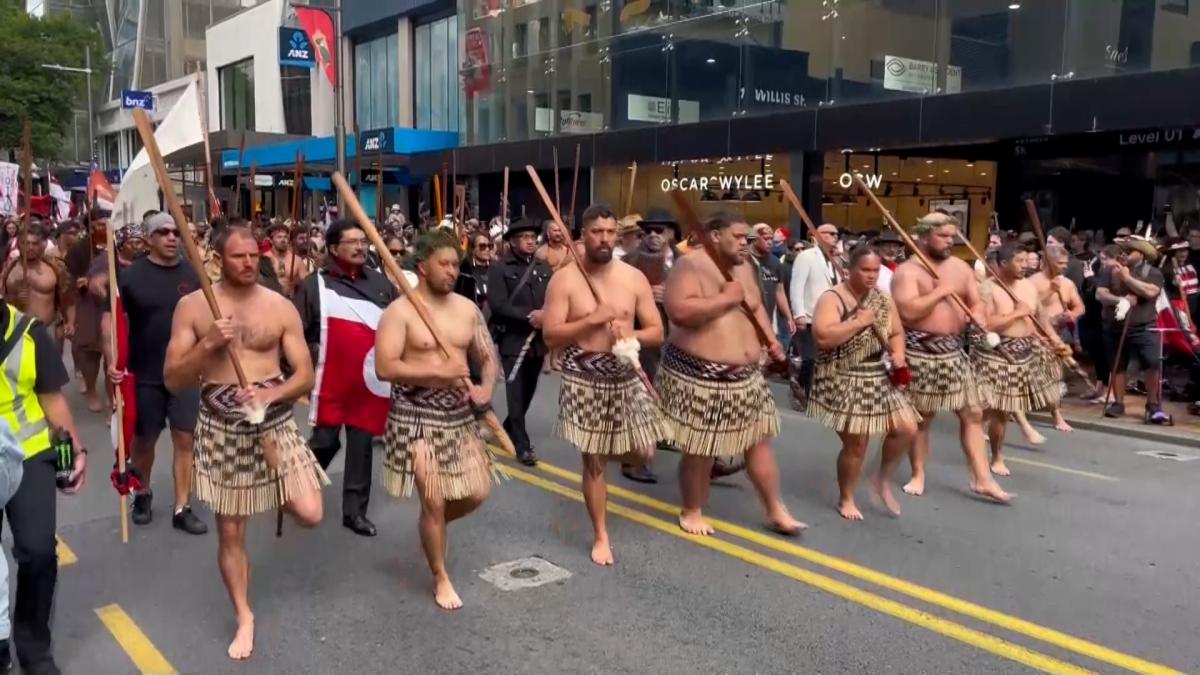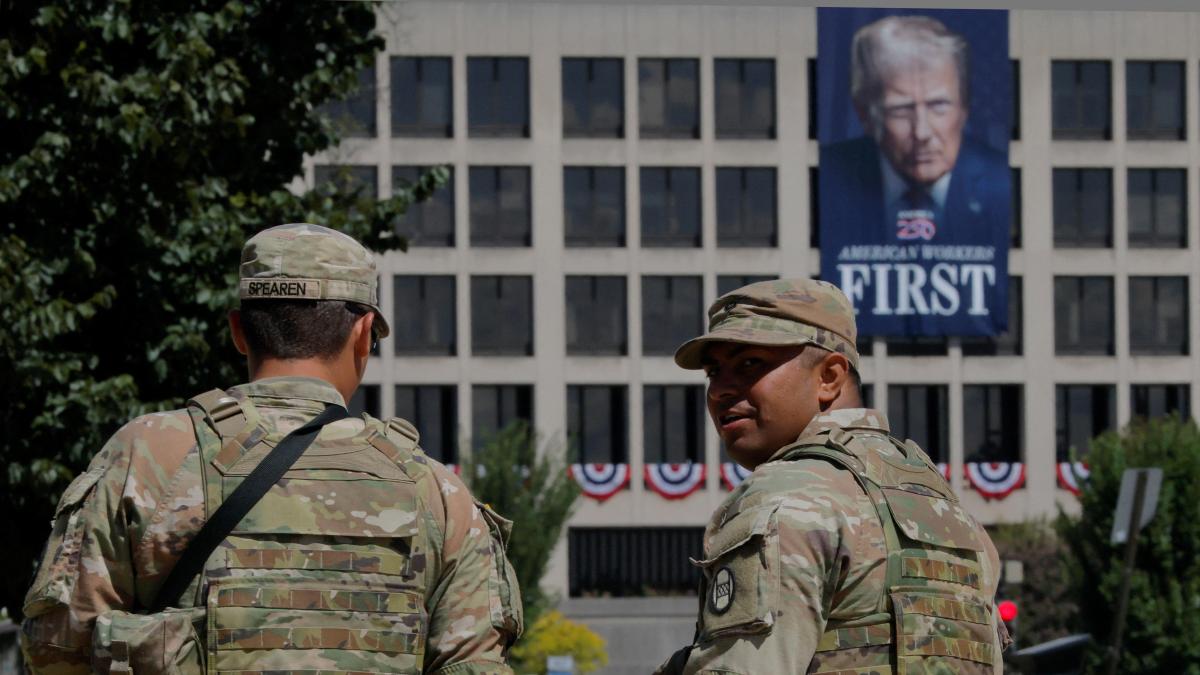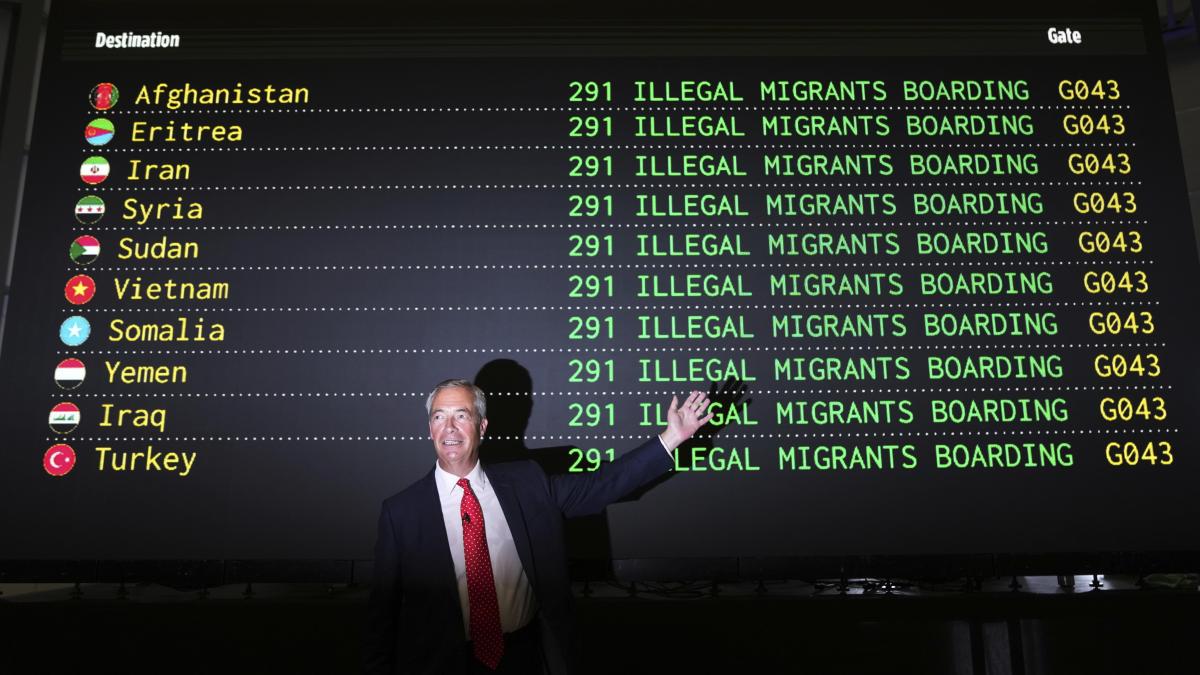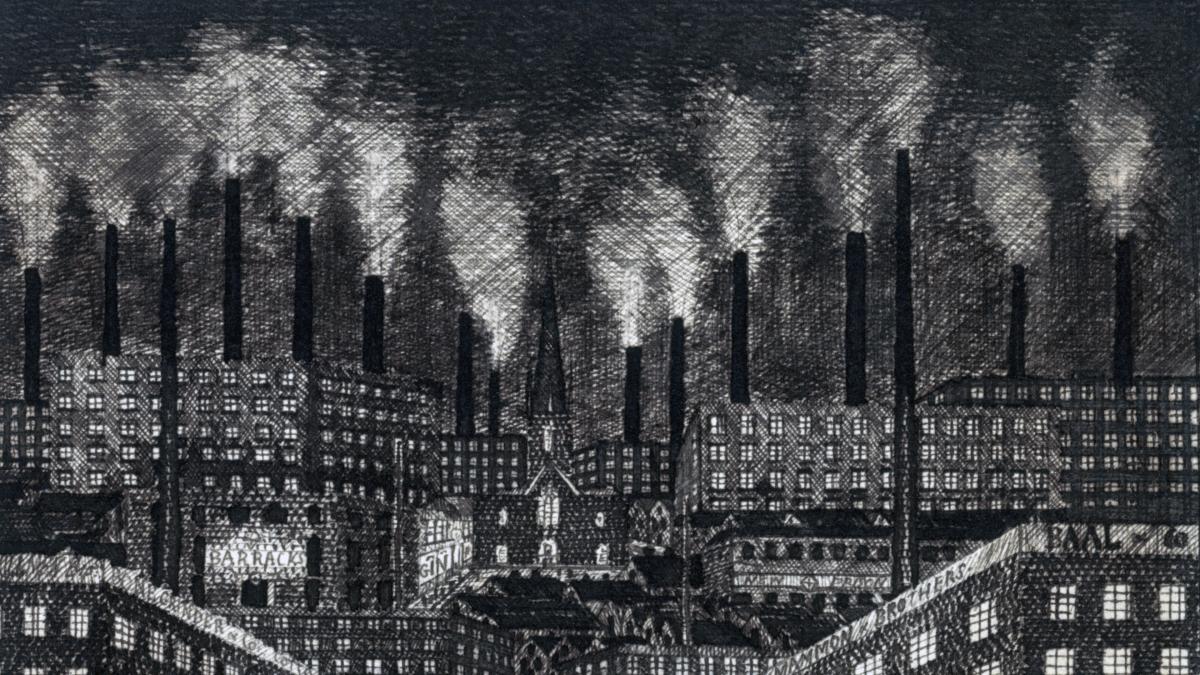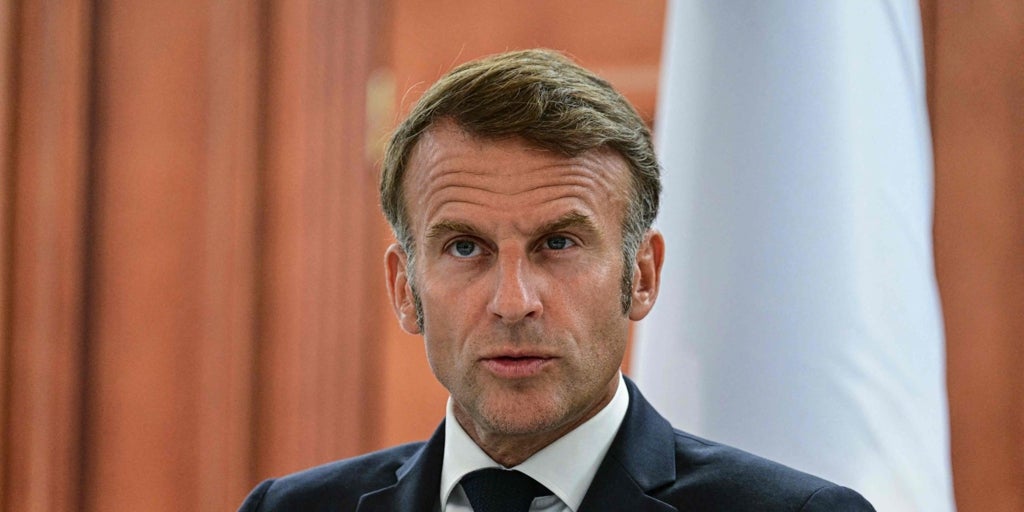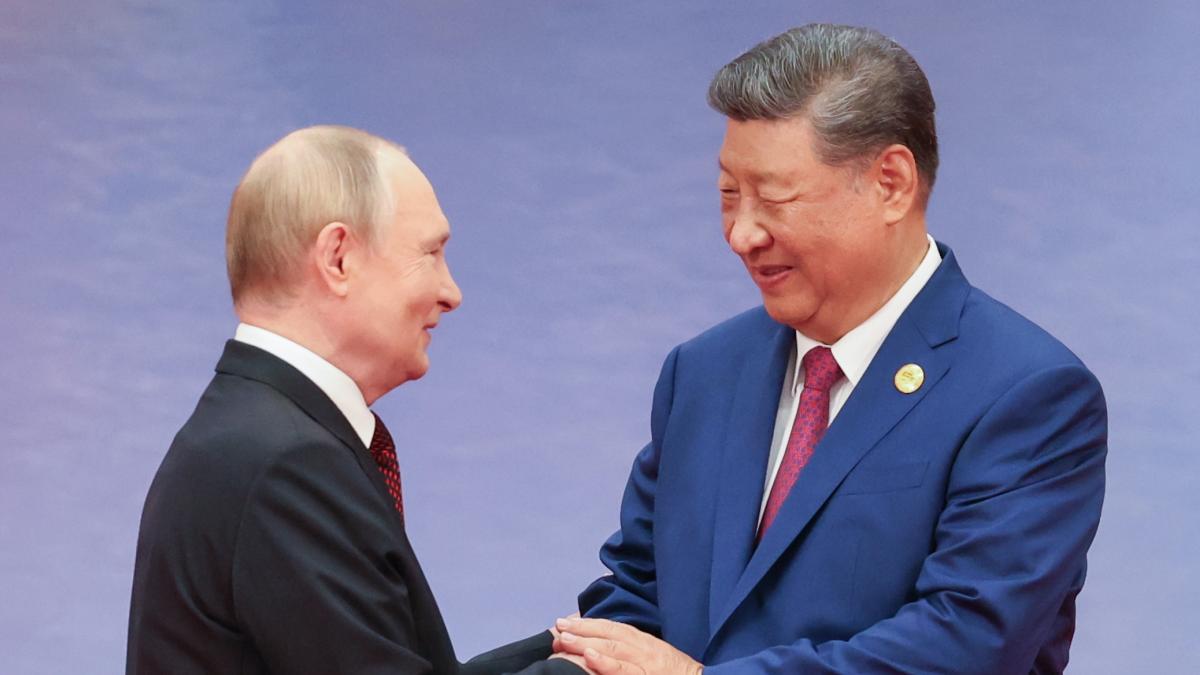Historic Protest by the Māori in New Zealand
More than 42,000 People Gathered Outside the New Zealand Parliament This Tuesday
Video
Historic demonstration in New Zealand by the Māori
On a day that will be etched in the annals of New Zealand’s history, over 42,000 Māori gathered just outside the iconic New Zealand Parliament this past Tuesday. This monumental protest was a culmination of a historic march that spanned 1,000 kilometers, commencing nine days prior, symbolizing unity in the face of adversity.
The protest was sparked by opposition against a proposed bill perceived as a threat to Māori rights. The government’s attempt to push through this contentious legislation has ignited a firestorm of dissent among the Māori community, reigniting calls for justice and equity that have simmered for decades.
This protest stands as a testament to the **Māori protest movement**, a pivotal force focusing on indigenous rights since its modern inception in the **1970s**. The movement, with roots stretching into the 19th century, has continuously evolved, advocating for redress of grievances linked to the **Treaty of Waitangi**, land rights, and cultural preservation. As the Māori King Movement once aimed to establish a united front against colonial encroachment, today’s protests reflect a modern adaptation of those same values—unity, resilience, and a demand for recognition.
The magnitude of the gathering was notable, especially in a nation with a population of just over **5 million people**. Within this sea of determined protesters, the performance of the **haka**, a traditional Māori dance, echoed through the streets—a powerful expression of Māori identity and resistance. The haka, often mistaken only as a war dance, serves a multitude of ceremonial purposes in Māori culture, including welcoming guests and celebrating significant events. Its presence at such a pivotal moment underscores the deep cultural significance of this protest.
Despite the peaceful nature of the protest, there was an unmistakable undercurrent of urgency in the air. Many participants donned traditional attire, emphasizing their connection to the land and the ongoing fight for their rights and recognition. The passionate chants and rhythmic stomps of the haka not only sent a message to the government but also rallied the strength and spirit of the Māori community, reminding all of the values intrinsic to their identity.
The protesters were not merely opposing legislation; they were advocating for their future, the continuity of their culture, and the acknowledgment of historical injustices. As the Māori protest movement has demonstrated over the years, the fight for rights is often fraught with challenges, yet the persistence of the Māori people continues to resonate throughout New Zealand’s landscape.
In reviewing historical acts of Māori resistance, the current movement parallels with the significant achievements such as the establishment of the **Waitangi Tribunal** in **1975**, aimed at addressing grievances regarding the Treaty of Waitangi, and the designation of the **Māori language** as an official language in **1987**. These milestones, however, also serve as reminders of the resilience required to pursue justice in the face of systemic challenges.
Furthermore, it is vital to recognize the participation and solidarity from various non-Māori groups within New Zealand and internationally. The ongoing dialogue surrounding Māori rights resonates with indigenous movements worldwide, as they confront similar struggles against colonial legacies. The recent protest encapsulates a crucial moment of intersectionality, where various communities band together to advocate for universal rights, justice, and equality.
As the world watches the events unfold in New Zealand, the implications of this protest extend far beyond national boundaries. The fight for Māori rights intricately ties into global discussions on indigenous rights, environmental protections, and cultural preservation, resonating with peoples worldwide who seek recognition and equality. It highlights not only the importance of local activism but also the need for global alliances against colonialism and systemic injustices.
In summary, the historic gathering of over 42,000 Māori outside New Zealand’s Parliament represents a moment of profound importance in the ongoing struggle for rights, recognition, and justice. It reaffirms the power of collective action, the cultural significance of the haka as a form of expression, and the enduring spirit of the Māori people in the face of adversity.

